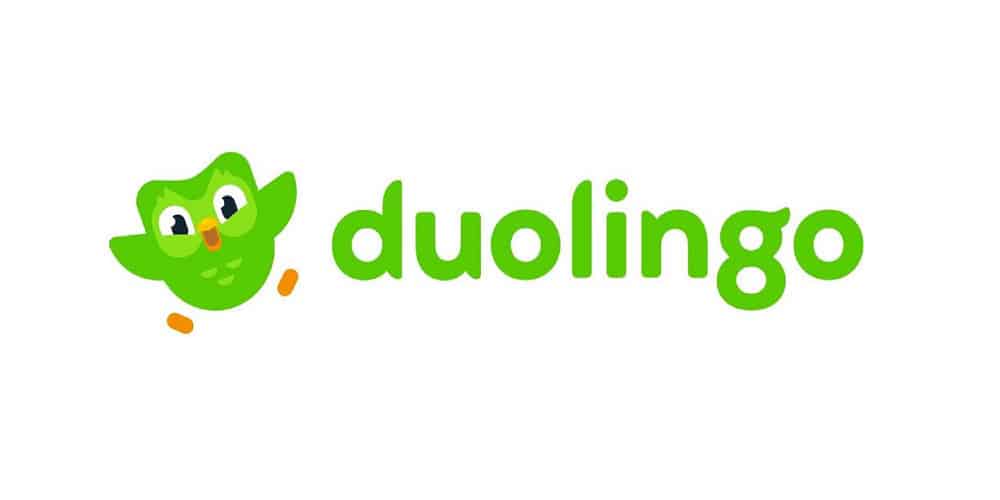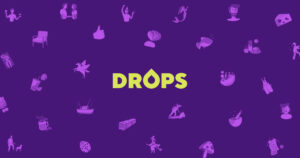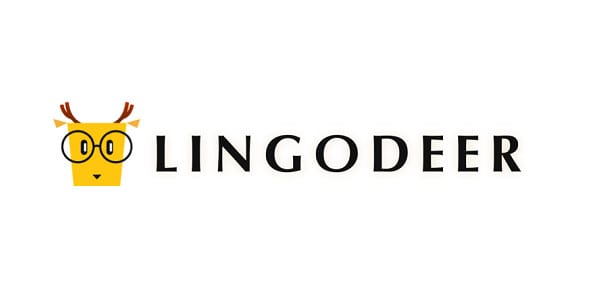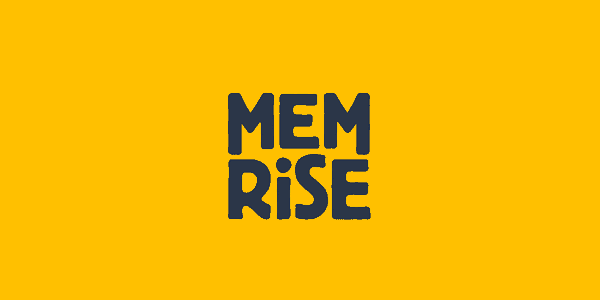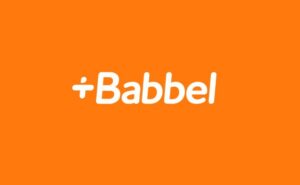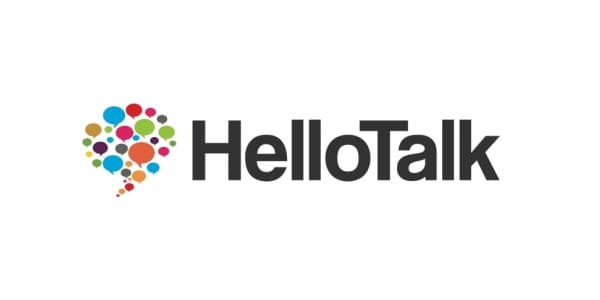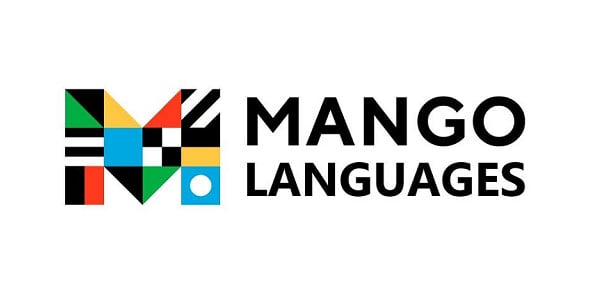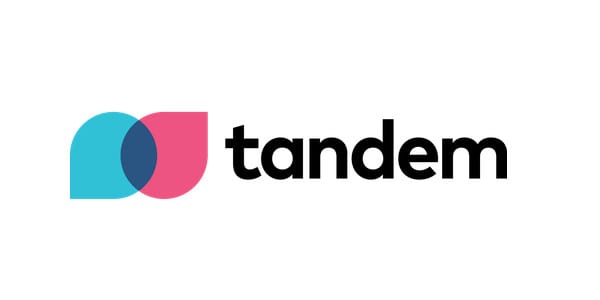There are hundreds of languages spoken in our world, and learning one other than your own one is a significant undertaking. Having said that, the digital era has facilitated language learning by putting language learning resources in the palm of our hands. You may learn your preferred language at home with the help of linguistic apps like Duolingo. While Duolingo is the most popular language-learning app, it is far from the only one. Additionally, its language education method, which is primarily text-based, is not for everyone. Therefore, if Duolingo is not working for you and you want to learn a new language, here are the 12 best Duolingo alternatives.
12 Best Duolingo Alternatives – Apps like Duolingo
Duolingo Alternatives – Apps like Duolingo you can use for improved language learning.
1. Lingvist
If you prefer to apply science to every aspect of your life, like Batman, you will undoubtedly enjoy Lingvist. The inventor of this app used a scientific approach to language learning, and we believe he was successful. Unlike Duolingo or any other app like Duolingo on this list, Lingvist teaches you the vocabulary used in real-world conversations in your target language. You get to learn and utilize helpful words. The app keeps track of your progress and displays course information in a way that is useful to your learning.
2. Drops
Drops is a one-of-a-kind app that aims to revolutionize the way foreign languages are taught. It offers a feature called the 5-minute learning sprint, which allows you to take a session for just five minutes. That is all. The app purposefully imposes the restriction in order to keep the user totally focused for a brief period of time, which will gradually improve memory. That is rather nice, isn’t it? Apart from that, Drops emphasizes visual learning, in contrast to Duolingo, which is mostly composed of text-based lessons, which I find tedious.
Drops offer several methods to learn a new language: you may play engaging games, listen to audio provided by professional voice actors, connect words to make drawings, and much more. That, however, is not all. In addition, you may track your progress at the conclusion of each day, which is far more convenient than Duolingo’s weekly evaluation. Drops, in my opinion, is the best alternative to Duolingo in terms of user involvement and overall progress.
3. LingoDeer
LingoDeer is the best alternative to Duolingo if you wish to learn Asian or European languages such as Japanese, Korean, Chinese, French, or German. I mention this because LingoDeer does not simply teach you a few travel phrases; it makes you go through the entirety of a language’s grammar. In essence, you may learn a new language in more depth and comprehension rather than simply for travel needs. Additionally, LingoDeer teaches your reading, speaking, and writing abilities daily with a 10-minute session.
What I enjoy most about this app is that it begins with the fundamentals: the alphabet, words, sentences, phrases, and grammar. To put it simply, if you are interested in academics or wish to learn a language from the ground up, LingoDeer is the superior choice, even better than Duolingo. Therefore, go for it; you will not be disappointed.
4. Rosetta Stone
Rosetta Stone is the world’s first computer-assisted language learning program, and it’s also accessible on Android and iOS devices. Unlike Duolingo, the Rosetta Stone offers a platter of 24 major languages, all of which were written collaboratively by experts and teachers. In addition, it includes extensive study materials that will help you get the most out of your chosen language. All of this, along with a sleek and beautiful user interface, results in a pleasurable learning experience on your smartphone.
It includes pronunciation lessons delivered using your smartphone’s built-in speech recognition technology to assist you in correctly spelling your newly acquired vocabulary. Additionally, because it is cloud-based, you may start your lesson on your tablet and continue on your phone while commuting. If you’re seeking expert language instruction, this is the best Duolingo alternative.
5. Memrise
Memrise is a highly popular free-to-download app that offers a large list of over 100 languages to choose from and learn. In comparison to Duolingo, it offers a game-based approach to learning your preferred language by training you as an undercover agent prepared to enter a world where your chosen language is spoken. Apart from this strange premise, Memrise offers an advanced level of language instruction via video clips of native speakers conversing with you, which is a significant step up from Duolingo’s initial level.
Additionally, you may continue learning your favorite language even if you lose internet access, albeit this requires purchasing the premium edition of the app. However, with over 100 languages to learn in a variety of engaging methods, you won’t mind paying a decent amount, especially when spectacular offers sweep over your phone screen on a regular basis.
6. Babbel
Well, If you want your digital language trainer to include both interactive and structured content on the same screen, you’ve come to the correct place. Babbel is an excellent alternative to Duolingo, offering high levels of interaction and a diverse range of alternatives for all kinds of learners. Compared to Duolingo’s 35-language library, this one features a significantly smaller 14-language selection, with not all major languages represented. The course content is organized and separated into 10-15 minute bite-sized courses, which enables you to quickly grasp the subject matter. You encounter chat-style situations in which you must respond in the most natural manner possible. Additionally, you will learn an understanding of the cultural meaning of particular words and phrases in your own language along the process.
The program tries to improve your pronunciation by training you to speak flawlessly through the use of speech-recognition technology. Additionally, it allows you to sync your progress across various devices, making it an excellent language learning app for any scenario.
7. Mondly
Mondly is a wonderful choice if you’re seeking an advanced language learning app with speech recognition technology. Similar to Duolingo, it offers a variety of daily courses ranging from remembering fundamental words to constructing sentences and learning new phrases. Additionally, you may use the built-in speech recognition capability to verify your pronunciation. It will boost your confidence in your speaking abilities, which is fantastic. Apart from that, the app supports 33 languages, which is comparable to Duolingo, but it also includes a tool called verb conjugator for each language.
It enables you to quickly find the conjugated verb in a foreign language, which is quite helpful during conversations. With this method, you will learn more quickly than using a dictionary. Taking everything into consideration, Mondly is a quite good app for learning a new language, and it’s also less expensive than Duolingo. Therefore, if you’re looking for a replacement for Duolingo, consider Mondly.
8. HelloTalk
If you are the type of guy who is interested in lengthy study sessions, HelloTalk will find a home on your smartphone. Because who said you could only learn by poring through study materials and not by conversing with others? This language learning service enables you to learn a language by conversing with multilingual people from all around the world. You may peruse a person’s profile, learning about his area of expertise and hobbies, before approaching him for an interaction. You can connect with people for a variety of reasons, like learning a language while traveling or being curious about the cultural value of another language.
Additionally, the chat-based system has a video call capability, which enables you to communicate with the individual and discuss difficult-to-explain topics, such as pronunciations. Additionally, because it is a chat-based system, learning may be reciprocal; for example, you can teach your French buddy good German and vice versa. Consider it a combination of Facebook and WhatsApp for language learners.
9. busuu
Busuu is designed for people who wish to start with the fundamentals and then progress to the most advanced levels of a selected language, something that Duolingo does not presently offer. The app offers a clean appearance and an interactive approach to teaching you a new language. The content has been created by experts and teachers, so you can be certain that you are in good hands. Through easy fill-in-the-blank phrases, you may learn sophisticated vocabulary. Not only do you learn vocabulary, but you’re also provided with grammar suggestions and detailed examples to assist you in getting started with your new language. Additionally, you get to converse with natives, which aids in the acquisition of your newly chosen language with a regional flavor. Additionally, you may track your progress with a full report that includes your changes.
Downsides? It offers a list of 12 languages, excluding some major ones. However, if your chosen language is included in busuu’s list, you should give it a try due to its interactive but professional approach to language learning.
10. Mango Languages
This app like Duolingo assists you in learning the fundamentals of your target language’s grammar and vocabulary. It looks and feels fairly similar to Duolingo in terms of user interface and experience. However, their lessons are divided into chapters and are less gamified than those on Duolingo.
11. Tandem
Tandem is a language exchange community where you may find new people and practice your conversation skills. It differs from Duolingo in that it enables you to connect with real people in your neighborhood. What is needed is a curriculum and lesson plan that will guide you from beginner to intermediate or intermediate to advanced proficiency. It is, nevertheless, a beneficial supplement if you wish to improve your writing abilities in Spanish, French, or another language. Overall, Tandem is one of the best apps like Duolingo.
12. Clozemaster
Clozemaster is the only name on this Duolingo alternatives list that self-identifies as a game rather than a language learning app. It outclasses Duolingo by having more than 100 language combinations. And, given the developer’s assertion that this is a game, your “mobile lingual learning class” will be clothed in “16-bit game” visuals. You’ll find interactive fill-in-the-blank questions, as well as audio versions of them. However, we found the content to be on par with Duolingo’s basic levels. And, maybe most importantly, it is completely free. Try it out, and we believe you’ll soon forget about Duolingo.
Conclusion: Duolingo Alternatives
There are several additional programs that perform similarly to the ones described above. You may believe that there are some more robust app-based services available on the Play Store. However, each of these 12 Duolingo alternatives offers the best language learning experience in their own alternative approach. If you’ve any other better apps like Duolingo to recommend, please do so in the comments area below. Now is the time to start your language learning adventure.

